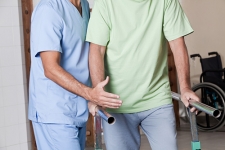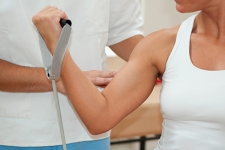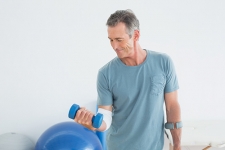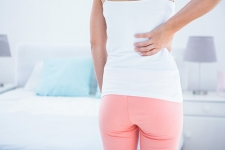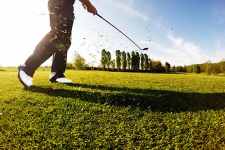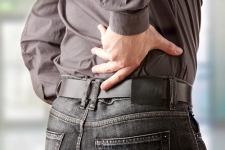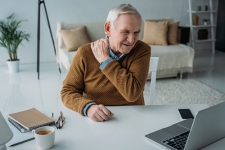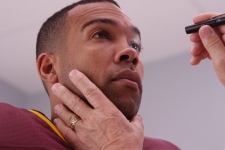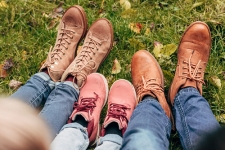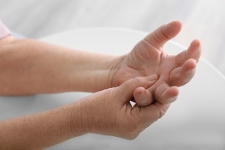Biking – Are you an avid cyclist? If so, April/May is a great time to get that bike into the shop to make sure that it will be road ready as soon as you are. While you’re at the bike shop getting that tune up, why not ask to have the bicycle professionally fitted for you? Seriously – having a bike professionally fitted can improve both efficiency and comfort, making it easier (and more enjoyable) for you to log more hours cycling. And, finally, let’s not overlook safety – spring sales are a great time to purchase a new helmet or bright, reflective gear, or any other gear that you may need for your bike.
Read more

